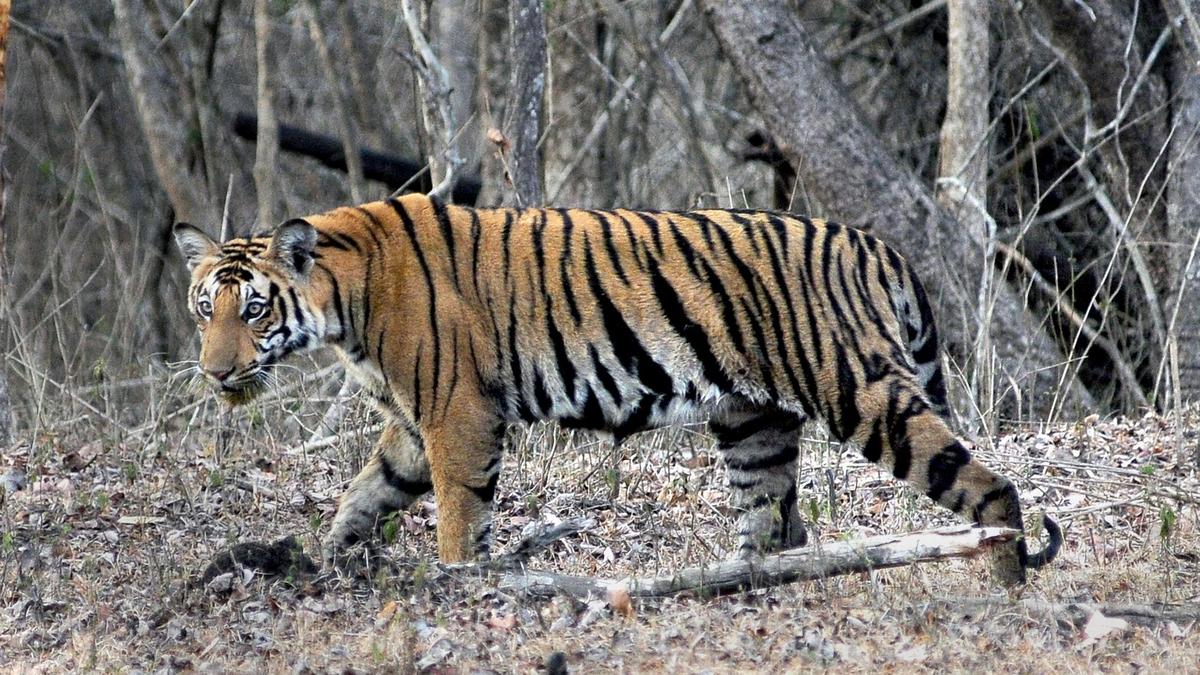Home / Environment / Deadly Tiger Attack Highlights Habitat Degradation Crisis in Karnataka
Deadly Tiger Attack Highlights Habitat Degradation Crisis in Karnataka
26 Oct
Summary
- Second tiger attack in Saragur region in less than two weeks
- Habitat loss and development projects blamed for escalating human-animal conflict
- Calls to strengthen buffer zones and eco-sensitive zones around tiger reserves

On 2025-10-24, a farmer named Rajashekar was killed in a tiger attack in Saragur taluk of Mysuru district, Karnataka. This tragic incident is the second such attack in the region in less than two weeks, following an earlier attack where another farmer, Mahadeva Gowda, lost his vision after being mauled by a tiger.
The escalating human-animal conflict in the area is being attributed to the increasing anthropogenic pressure on forests, leading to habitat degradation. Activists argue that the proliferation of development projects, illegal resorts, and other activities around protected areas like the Bandipur Tiger Reserve have severely impacted the wildlife's natural habitats.
In response to the situation, the Karnataka Minister for Forests, Ecology and Environment, Eshwar Khandre, is scheduled to visit Bandipur on 2025-10-27 to hold a review meeting with senior officials. The aim is to discuss measures to reduce the human-animal conflict in the region.
Conservationists have called for strengthening the buffer zones and eco-sensitive zones around these tiger reserves to accommodate the growing tiger population. As per the 2022 NTCA estimates, Karnataka is home to 563 tigers, with a significant number residing in the Bandipur-Nagarahole belt. Experts believe the population in this area is reaching a saturation point, leading to increased interactions between humans and tigers.
The habitat degradation is also attributed to the proliferation of invasive species like lantana, which has led to tigers preying on domestic cattle, resulting in more conflicts with villagers. Additionally, frequent forest fires during the summer months have further damaged the tiger habitats in the region.




